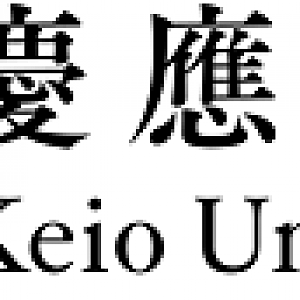Overview
Keio University is a private, comprehensive higher education institution located on six campuses spread across the Greater Tokyo area. It offers an environment of academic and research excellence in a wide range of fields, and includes a university hospital. Founded in 1858, it is Japan’s first modern institution of higher learning, and over the last century and a half it has established itself as a leader in Japan through its continued commitment to education, research and medicine.
Keio has its origins in the school of Western learning established by Yukichi Fukuzawa, a school which soon evolved into a major center of learning. As a highly respected educator and intellectual, Fukuzawa was one of the pioneers of modern Japan. He aspired for Keio to become a model and leader of society, stressing the importance of learning that is based on jitsugaku, or “science”. In today’s changing world, Keio upholds its founder’s spirit of science as it continues to fulfill his aspiration.
MOOCs
Keio University have partnered with FutureLearn to deliver online courses to learners across the globe.
Learn new skills, pursue your interests or advance your career with these short online courses from Keio University:
Click on a course title to go to the course page
See all courses from Keio University on FutureLearn ►
Learn new skills, pursue your interests or advance your career with these short online courses from Keio University:
Click on a course title to go to the course page
- Japanese Culture Through Rare Books
- Exploring Japanese Avant-garde Art Through Butoh Dance
- Aging Populations: Lessons In Healthy Aging From Japan
- Understanding Quantum Computers
- The Art of Washi Paper in Japanese Rare Books
- An Introduction to Japanese Subcultures
- Sino-Japanese Interactions Through Rare Books
See all courses from Keio University on FutureLearn ►


